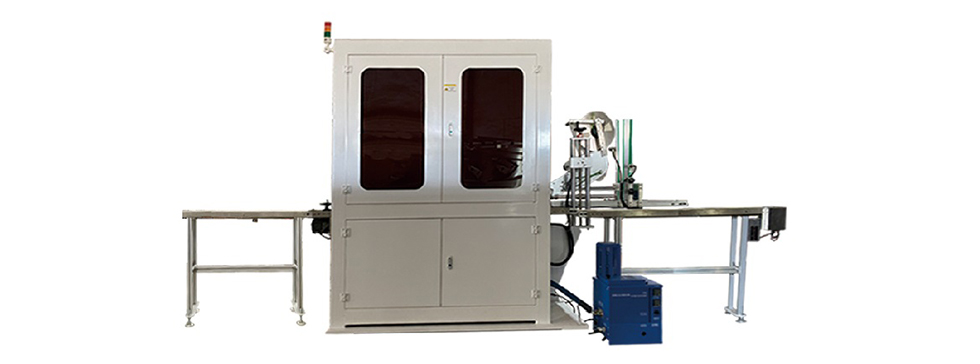Optimizing the performance of a lid robot for wet wipes involves various strategies aimed at improving efficiency, speed, accuracy, and overall functionality.
Here are key measures typically taken to enhance the performance of a lid robot:
- High-Speed Mechanism:
- Design the lid robot with a high-speed mechanism to ensure quick and precise lid application.
- Utilize advanced servo motors or pneumatic systems for rapid and efficient movement.
- Precision Engineering:
- Employ precision engineering in the design and manufacturing of the lid robot to ensure accurate lid placement.
- Use high-quality components and materials to minimize wear and tear.
- Automation and Robotics:
- Implement automation and robotics to streamline the lid application process.
- Integrate sensors and vision systems for accurate lid detection and positioning.
- Customizable Settings:
- Provide customizable settings for adjusting the lid placement according to different wet wipe sizes and packaging configurations.
- Allow operators to easily modify settings based on specific production requirements.
- Quick Changeover:
- Design the lid robot to facilitate quick changeovers between different lid types or sizes.
- Minimize downtime during transitions by incorporating easily interchangeable parts.
- Integrated Control System:
- Implement a centralized control system that manages the lid robot and coordinates lid robot for wet wipe its actions with other components of the wet wipe packaging machine.
- Utilize programmable logic controllers (PLCs) for precise control and synchronization.
- Feedback Systems:
- Integrate feedback systems such as sensors or vision systems to provide real-time information on lid placement.
- Implement closed-loop control to adjust the robot’s actions based on immediate feedback.
- Continuous Monitoring:
- Incorporate monitoring systems to track the lid robot’s performance and identify any deviations or issues.
- Implement predictive maintenance based on data analytics to prevent breakdowns.
- Reduced Maintenance Requirements:
- Design the lid robot with components that require minimal maintenance.
- Use self-lubricating materials and components to extend the lifespan and reduce the need for frequent maintenance.
- Energy Efficiency:
- Optimize the energy consumption of the lid robot by incorporating energy-efficient motors and systems.
- Implement power-saving modes during idle periods to reduce overall energy usage.
- Safety Features:
- Integrate safety features such as emergency stop buttons and safety interlocks to protect operators and prevent accidents.
- Comply with industry safety standards to ensure a safe working environment.
- User-Friendly Interface:
- Design a user-friendly interface for operators to easily monitor and control the lid robot.
- Provide a touchscreen or graphical interface with intuitive controls for quick setup and adjustments.
- Quality Control Mechanisms:
- Integrate quality control mechanisms to detect and reject lids that do not meet specified criteria.
- Implement vision systems or sensors to identify defects and ensure only high-quality lids are applied.
- Remote Monitoring and Diagnostics:
- Include remote monitoring capabilities to allow technicians to assess and troubleshoot the lid robot’s performance from a central location.
- Enable remote diagnostics for efficient issue resolution.
By incorporating these optimization strategies, manufacturers can ensure that the lid robot for wet wipes operates with high efficiency, contributing to increased production throughput and overall performance.
